Researchers studied the impact of ozone treatments on the dissolved organic compounds in water in RAS systems
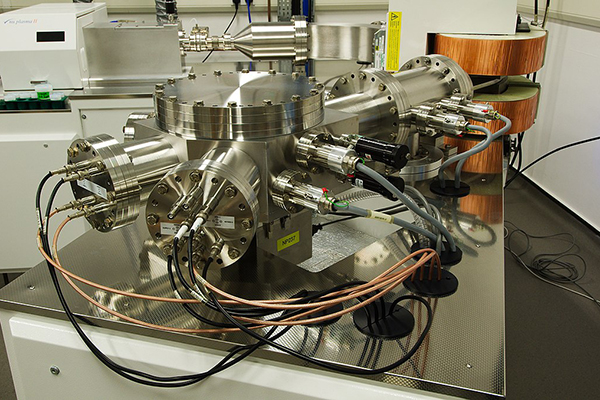
Using mass spectrometry, researchers at Skolkovo Institute of Science and Technology (Skoltech), a Moscow-based university, have investigated the effect of ozonation on the organic compounds dissolved in recirculating aquaculture systems. The study, which was published in Science of the Total Environment, highlights the effectiveness and limitations of ozone treatment and invites further research into developing water-dependent purification methods, suggesting a more scientifically grounded approach to that aspect of fish farming.
While ozonation is widely used at fish farms to purify water from organic compounds, it’s the first time a research team has undertaken a detailed analysis of how this purification technique affects water quality and the levels of the various kinds of organic molecules. Alexander Zherebker, the study’s co-author and senior research scientist at Skoltech, said that the analysis can ultimately be used to drive “smarter business decisions” based on scientific evidence.
“Using ultrahigh-resolution mass spectrometry, we pinpointed the compounds susceptible to ozone treatment and their decomposition products,” said Zherebker. “So having these results fish farmers can draw conclusions as to whether ozone treatment is well-suited for their local water. At the same time, scientists can follow up with complementary studies into other purification techniques.”
The organic matter studied enters the fish tank from the natural water body used as the farm’s external supply source. The team repeatedly tested how the organic compound content and quality changed as time passed and as eventually ozone treatment was performed.
“We see what kind of organics is coming in from the outside,” said Zherebker. “Although it soon mixes with fish feed traces and waste products, we can clearly see the water starts out rich in humic-like and unsaturated CHO compounds. This stuff is associated with water blooming, changes in microelement transfer and microorganism activity; and obviously, it upsets fish.”
After ozonation, the levels of these compounds drop, and instead, greater concentrations of new fulvic-like and saturated compounds were observed.
“Those are the decomposition products,” said Zherebker. “They are more inert and therefore fish-friendly.”
However, some compounds proved tolerant to ozonation: They may actually react with ozone but at higher doses. As Zherebker explained, too much ozone will alter oxygen concentration and unavoidably impact fish health, as they are “only happy with natural oxygen concentration.”
What enabled such a detailed analysis of dissolved organic matter was a highly sophisticated technique called Fourier transform ion cyclotron resonance mass spectrometry. It detects the presence and relative concentrations of various chemical species in a sample, without knowing exactly what you are looking for in advance (called “untargeted analysis”). The Skoltech researchers ran mass spectrometry analysis and data treatment.
“Our algorithm can now be applied to methods other than ozonation and to other systems to evaluate the effectiveness of different water purification techniques and select the best set of tools for a company’s individual needs,” said Evgeny Nikolaev, co-author of the study and head of Skoltech’s Mass Spectrometry Laboratory, where the research was conducted.
Part of the research was supported by Russian Science Foundation Grant No. 21-47-04405. The Russian-Norwegian partnership was facilitated by the Transnational Access program under the European Commission’s Horizon Europe funding program.
Follow the Advocate on Twitter @GSA_Advocate
Now that you've reached the end of the article ...
… please consider supporting GSA’s mission to advance responsible seafood practices through education, advocacy and third-party assurances. The Advocate aims to document the evolution of responsible seafood practices and share the expansive knowledge of our vast network of contributors.
By becoming a Global Seafood Alliance member, you’re ensuring that all of the pre-competitive work we do through member benefits, resources and events can continue. Individual membership costs just $50 a year.
Not a GSA member? Join us.
Author
-
Responsible Seafood Advocate
[103,114,111,46,100,111,111,102,97,101,115,108,97,98,111,108,103,64,114,111,116,105,100,101]
Related Posts
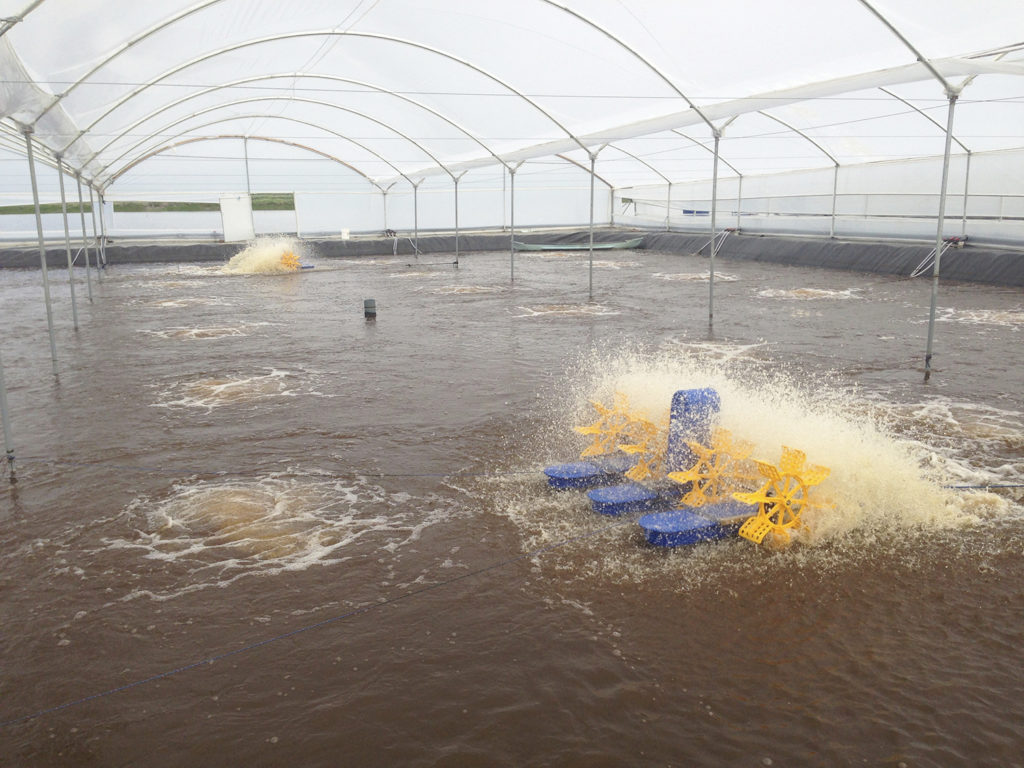
Responsibility
Resistance and resilience of small-scale RAS
Study shows that microalgae assists the stability of small-scale RAS, and that microalgae can be used to manipulate the bacterial community.
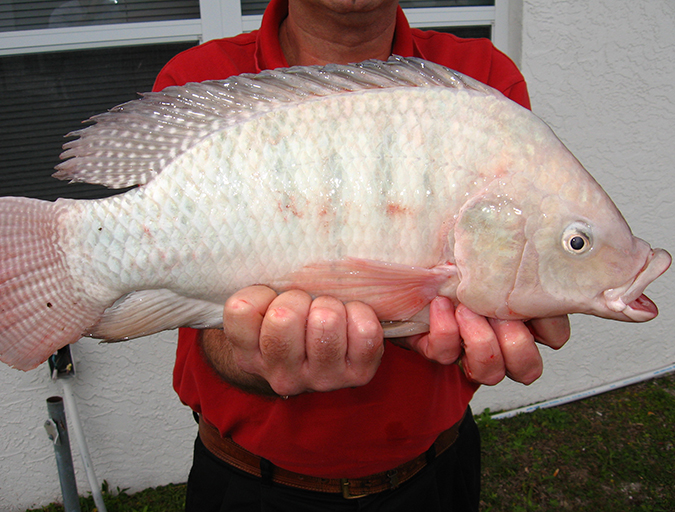
Intelligence
There’s more than one way to grow tilapia
Tilapia aquaculture has expanded significantly in the last 30 years. Production systems range from extensive, low-density and low-technology in small earthen ponds, to semi-intensive systems in larger ponds, to recirculating systems with high densities.
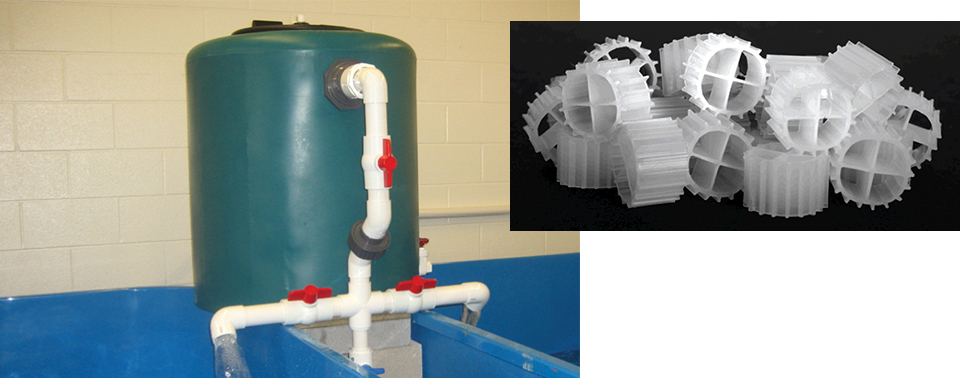
Innovation & Investment
Low-space bioreactors remove ammonia in recirculating systems
Despite their relatively small footprint, low-space bioreactors deliver sustainable and cost-effective biological wastewater treatment, particularly in recirculating aquaculture systems, where ammonia removal is critical.
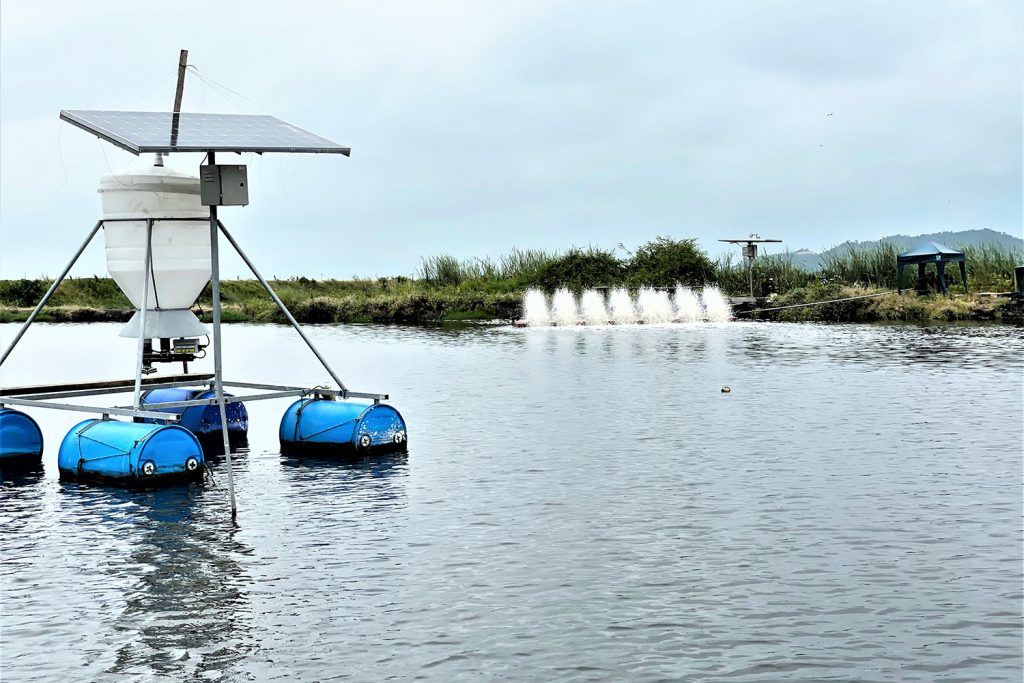
Intelligence
How automatic shrimp feeders impact water and soil quality of grow-out ponds in Ecuador
Authors attempt to environmentally assess feeding areas of large shrimp ponds with acoustic feeders, a key step to improving production efficiency.



